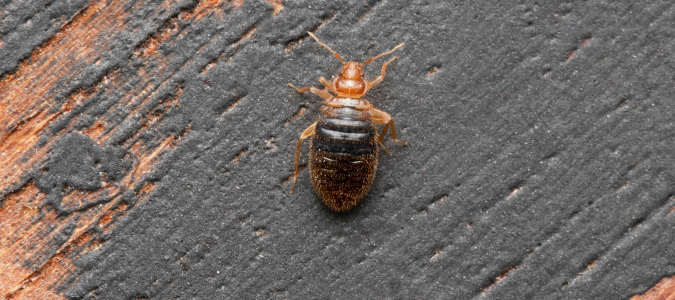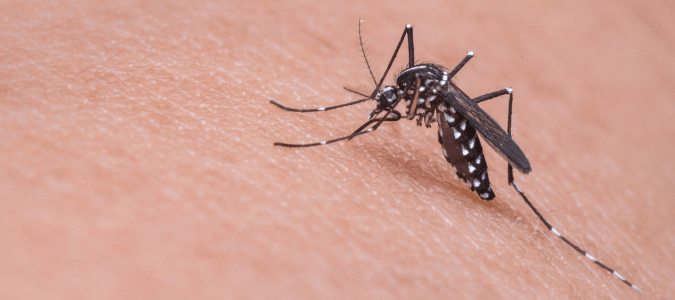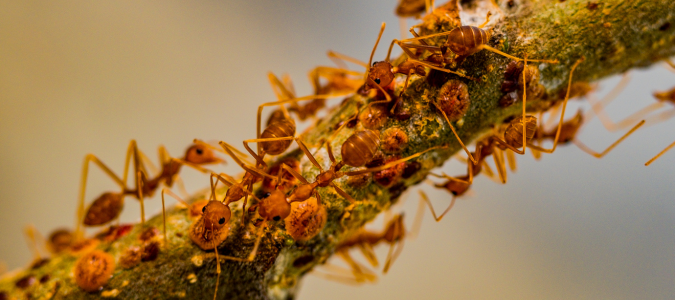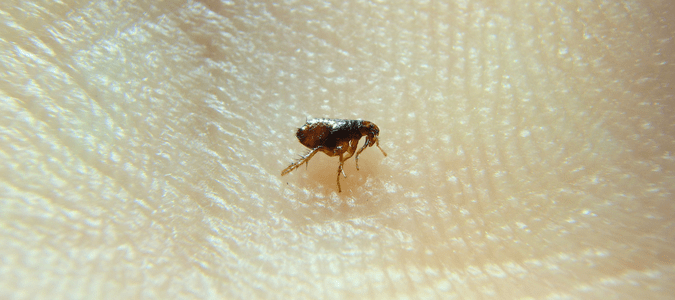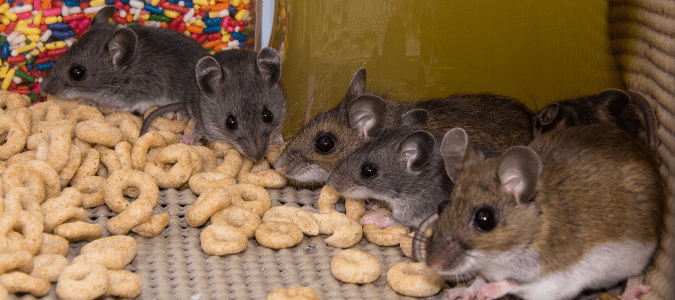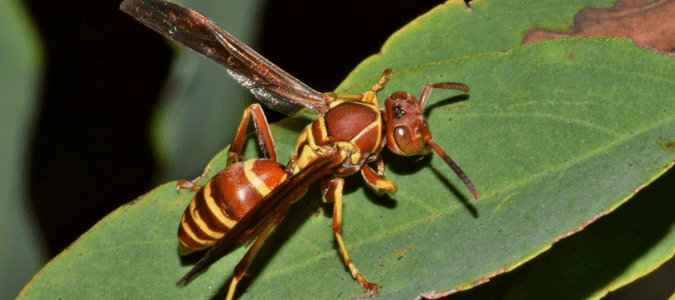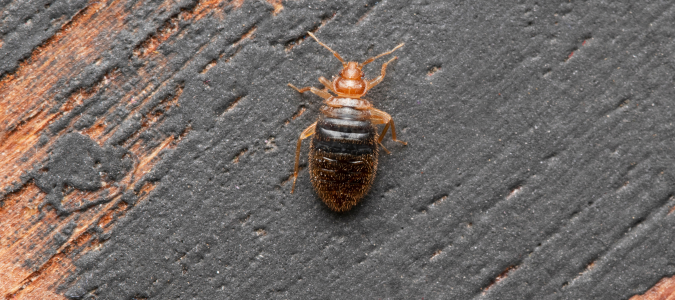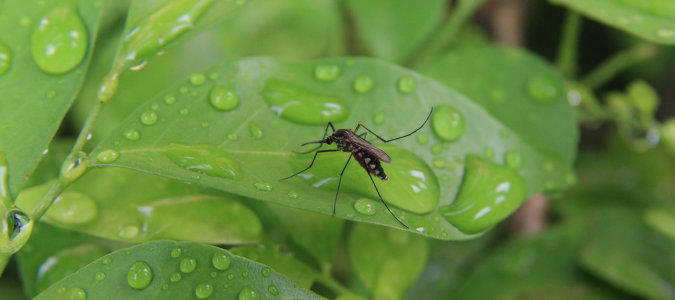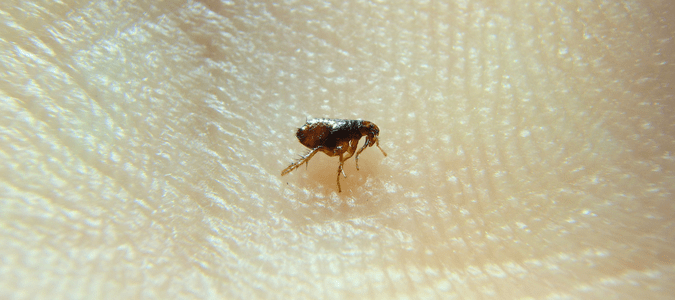Do Bed Bugs Bite Every Night?
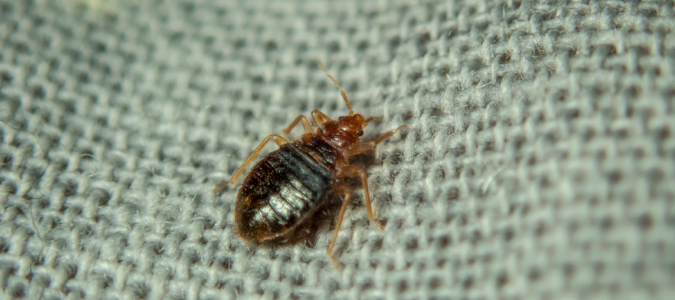
Are you waking up with itchy bed bug bites? There’s nothing worse than being bitten in your sleep, but it can take a while for homeowners to realize that they have a bed bug problem. Part of the issue is that bed bugs do not bite every night, so the pest problem can be hard to spot.
Do Bed Bugs Bite Every Night?
Waking up with bed bug bites is never fun. It can feel like you wake up every morning with a new collection of bites, which leaves many homeowners wondering if bed bugs bite every night.
The truth is that bed bugs do not bite humans every night. They have a purpose behind their biting, and it’s to get a blood meal. One blood meal can typically last bed bugs for three to seven days. Once their previous blood meal is digested, they’ll go back for more.
If they can’t access a … Read Full Post »
